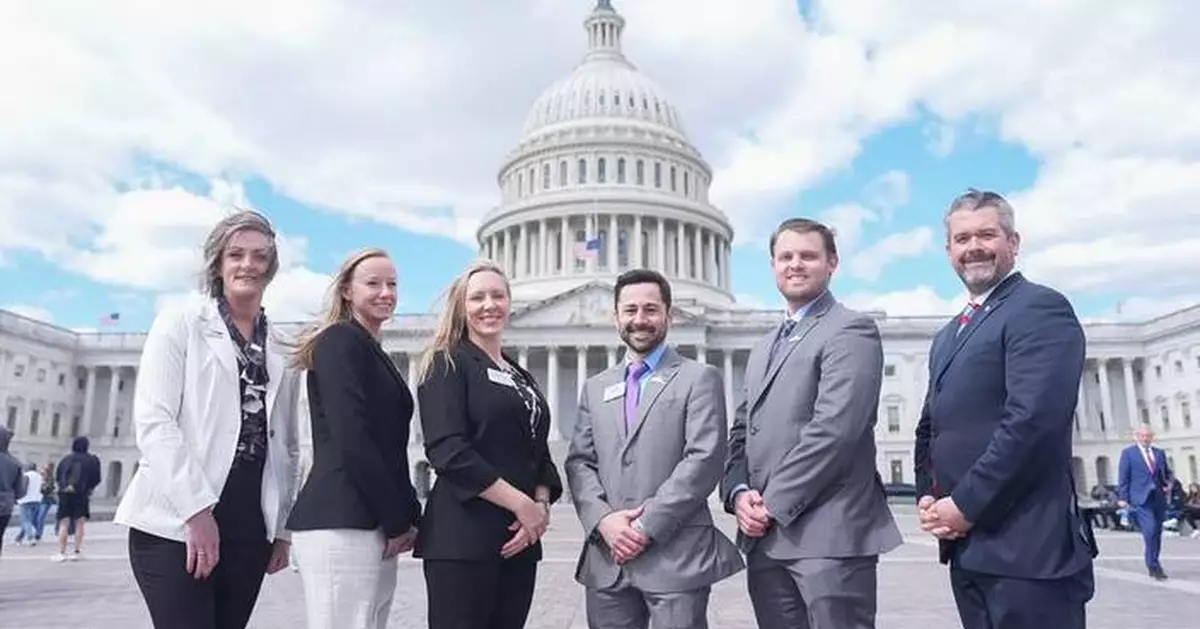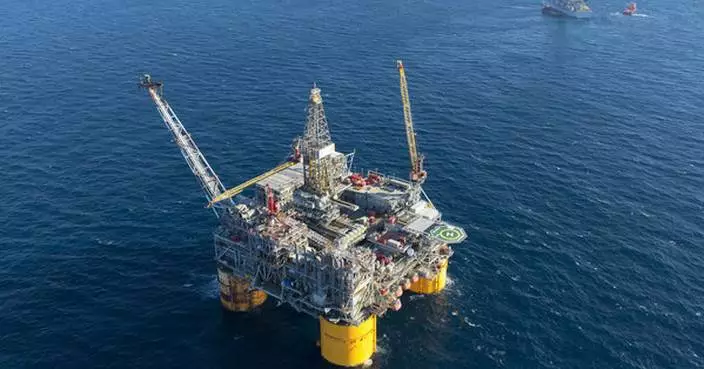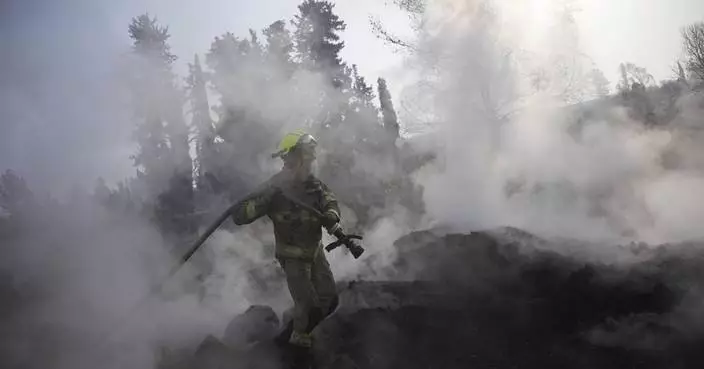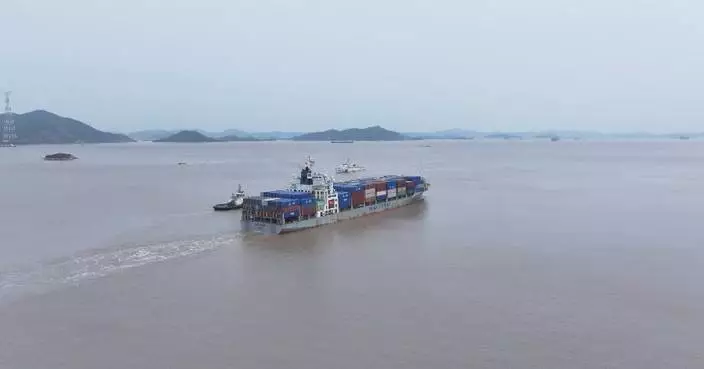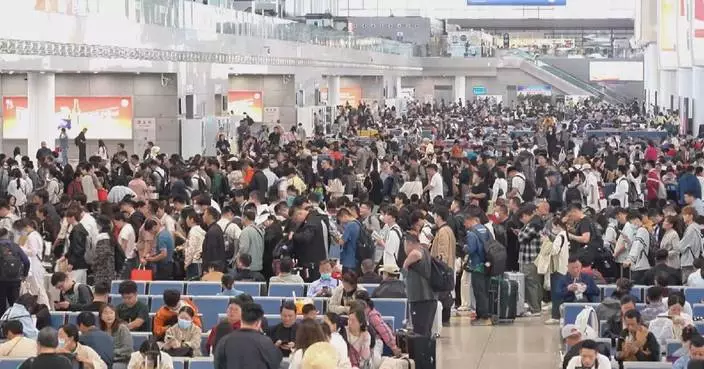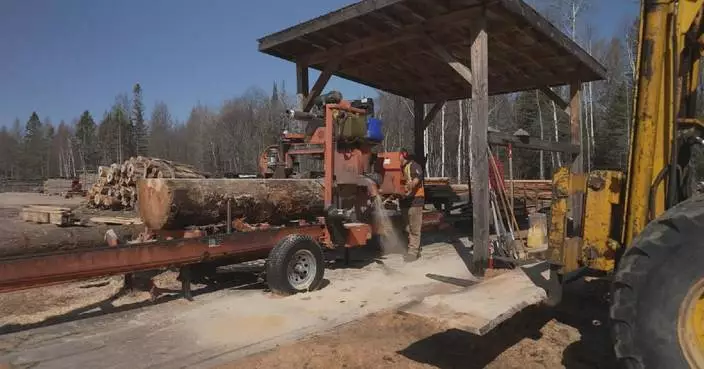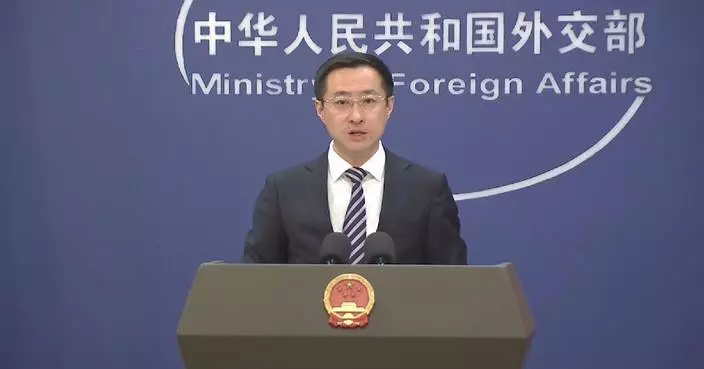WASHINGTON--(BUSINESS WIRE)--Mar 26, 2025--
More than 30 Westinghouse Electric Company supply chain partners joined forces to meet with members of the U.S. Congress to discuss the significant benefits of deploying proven AP1000 technology in the U.S.
This press release features multimedia. View the full release here: https://www.businesswire.com/news/home/20250326279032/en/
Through more than 80 meetings with their Congressional delegations, Westinghouse and its suppliers shared the economic impact and manufacturing jobs created in their states by building AP1000 units. As the only fully licensed, construction-ready advanced reactor available today, the AP1000 technology is ready to deliver real economic benefits to the nation now. There are two AP1000 units already in commercial operation at Plant Vogtle, near Waynesboro, Georgia, each generating enough electricity to power an estimated 500,000 households and businesses.
“The AP1000 reactor can be deployed immediately, creating affordable and abundant energy as well as high-paying, highly skilled jobs through Westinghouse and its suppliers,” said Dan Lipman, President of Westinghouse Energy Systems. “Every two-unit AP1000 project built in the U.S. will create or sustain more than 45,000 American jobs in 43 states and the District of Columbia, and 10,000 construction jobs. We appreciate the productive meetings we had with Congressional members and look forward to working closely to bring more U.S. nuclear generation online.”
Westinghouse suppliers outlined the benefits of building new nuclear power generation in the U.S. to meet the needs of the nation’s most globally competitive and energy demanding industries such as high tech and advanced manufacturing. The proven AP1000 technology is the quickest way to add advanced nuclear generation in the U.S. to meet the rising demand from utilities and hyperscalers. Suppliers also shared that with the ready to build AP1000 reactor, Westinghouse is uniquely positioned in the industry to deliver proven, reliable nuclear power at scale at the lowest cost per Mwe of any advanced reactor.
The advanced AP1000 reactor is the only operating Generation III+ reactor with fully passive safety systems, modular construction design and the smallest footprint per MWe on the market. There are six AP1000 reactors currently setting operational performance and availability records worldwide with twelve additional reactors under construction and five more under contract. There will be 18 units based on AP1000 technology in operation globally by the end of the decade. The AP1000 technology has also been selected for nuclear energy programs in Poland, Ukraine and Bulgaria, and is also under consideration at multiple other sites in Europe, the United Kingdom, India and North America.
Suppliers joining Westinghouse in Washington, D.C., included:
Westinghouse Electric Company is shaping the future of carbon-free energy by providing safe, innovative nuclear and other clean power technologies and services globally. Westinghouse supplied the world’s first commercial pressurized water reactor in 1957 and the company’s technology is the basis for nearly one-half of the world's operating nuclear plants. Over 135 years of innovation makes Westinghouse the preferred partner for advanced technologies covering the complete nuclear energy life cycle. For more information, visit www.westinghousenuclear.com and follow us on Facebook, LinkedIn and X.
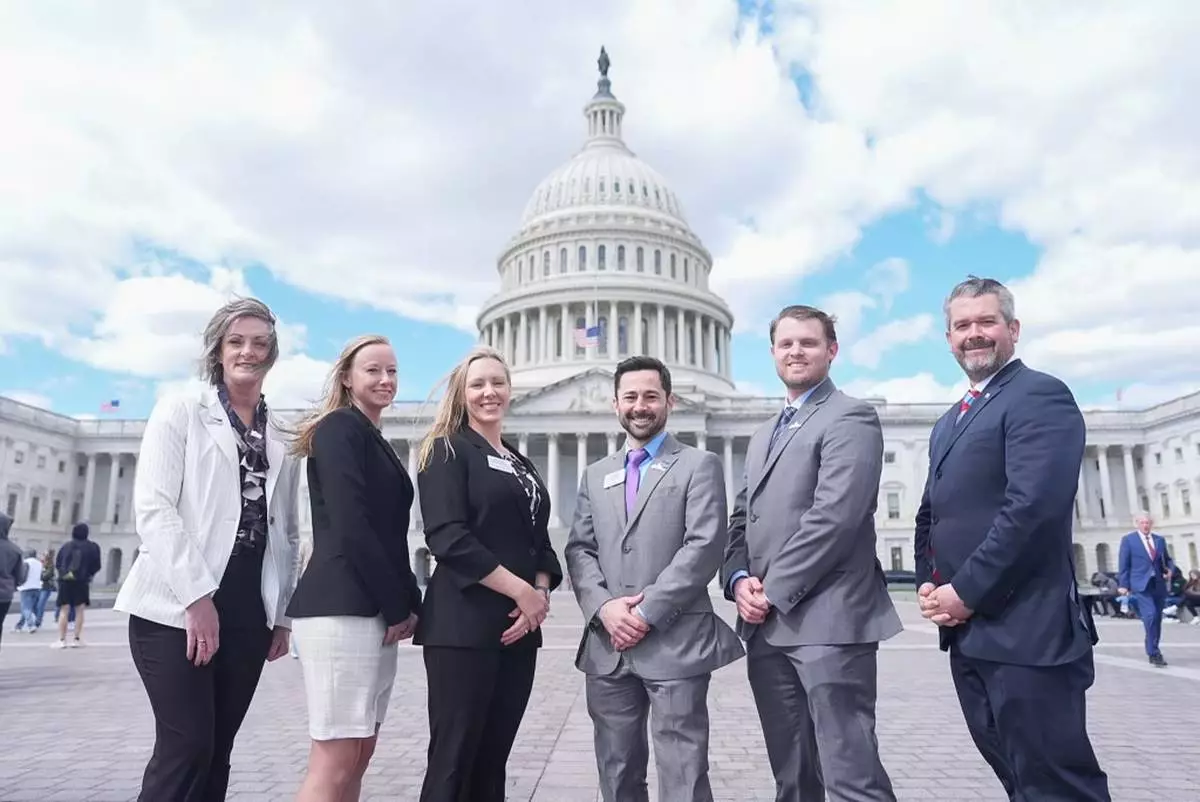

Westinghouse staff in front of the Capitol before meeting with congressional members
MUZAFFARABAD, Pakistan (AP) — Neelum Valley in northern Pakistan attracts some 300,000 tourists each summer who marvel at its natural beauty. But the threat of war with nearby India has emptied its hotels.
Gunmen last week killed 26 people in the Indian resort town of Pahalgam, fueling tensions between the nuclear-armed nations after India blamed Pakistan for the attack, a charge Pakistan denies.
Neelum Valley is less than 3 kilometers (1.8 miles) from the Line of Control, the de facto border that divides the disputed region of Kashmir, making it vulnerable to any military activity.
Hotel owner Rafaqat Hussain said Thursday the crisis has hit the tourism industry hard. “Most tourists have left and returned to their cities because there is a risk of war."
Authorities in the Indian-controlled part of Kashmir temporarily shuttered dozens of tourist resorts following the attack as a precaution.
No such order has come from Pakistani authorities. Bazaars in the Pakistani border town of Chakothi were open for business, although people were concerned.
“First of all, our prayer is for peace, as war always affects civilians first,” shop owner Bashir Mughal told The Associated Press, saying he would fight alongside the army in the event of conflict.
Pakistan used to help residents to build bunkers near their homes during periods of intense cross-border firing. But the population has grown and some homes lack shelters. “Local casualties could be devastating if war breaks out,” Mughal warned.
Saiqa Naseer, also from Chakothi, shuddered at the childhood memories of frequent firing across the border. “Now, as a mother, I find myself facing the same fears,” she said.
She remembered Indian shells striking the picturesque valley when the two countries came close to war in 2019. She has a bunker at her home.
“If war comes, we will stay here. We won’t run away,” she said.
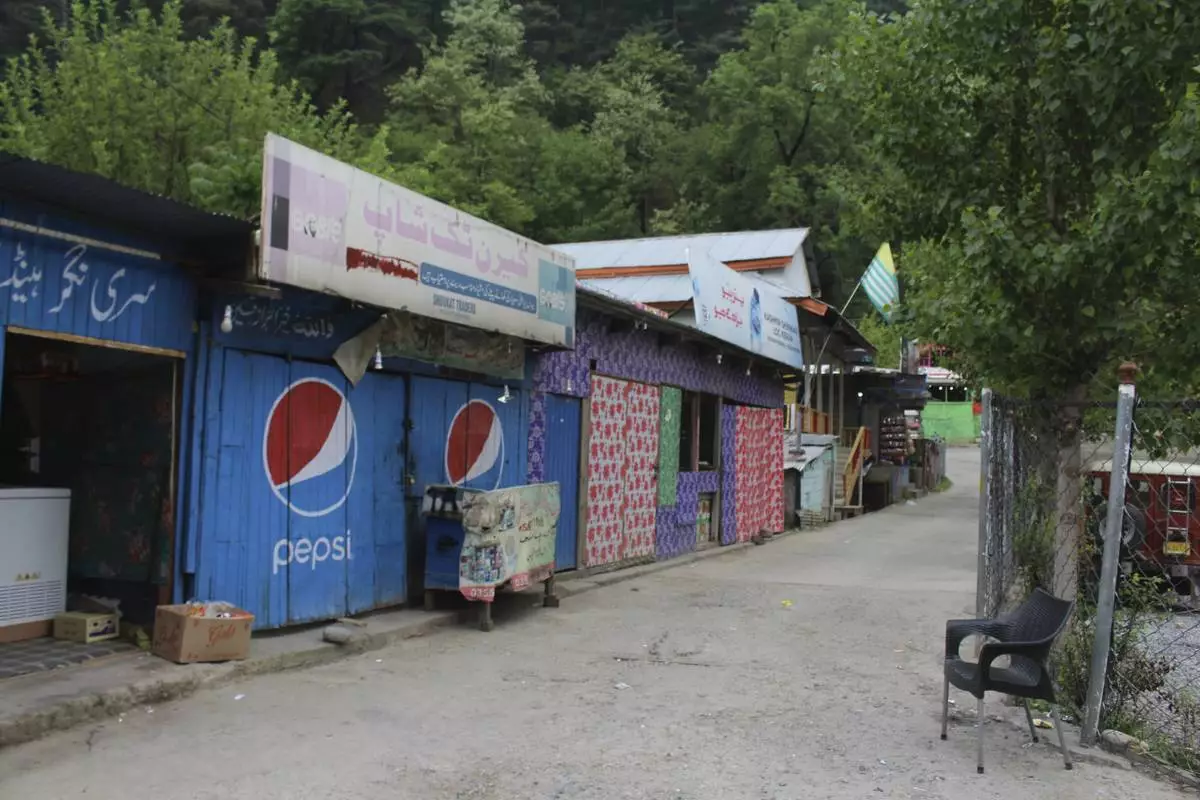
Shop are closed at an empty tourists point in Karen, in the Neelum Valley near on the Line of Control, the de facto border that divides the disputed region of Kashmir, some 93 kilometres (58 miles) from Muzaffarabad, the capital of Pakistan controlled Kashmir, Thursday, May 1, 2025. (AP Photo/Ishfaq Hussain)
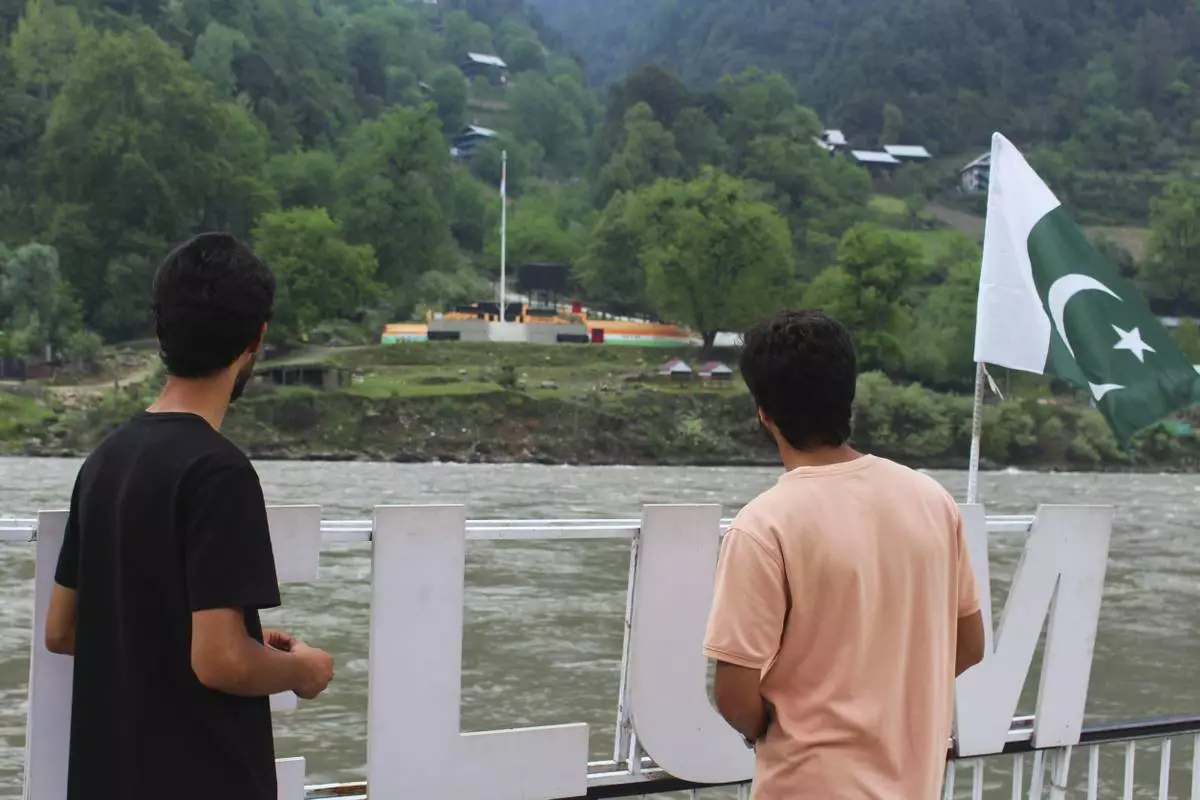
Local residents look at the Indian side of Kashmir from a tourists point in Karen, in the Neelum Valley near on the Line of Control, the de facto border that divides the disputed region of Kashmir, some 93 kilometres (58 miles) from Muzaffarabad, the capital of Pakistan controlled Kashmir, Thursday, May 1, 2025. (AP Photo/Ishfaq Hussain)
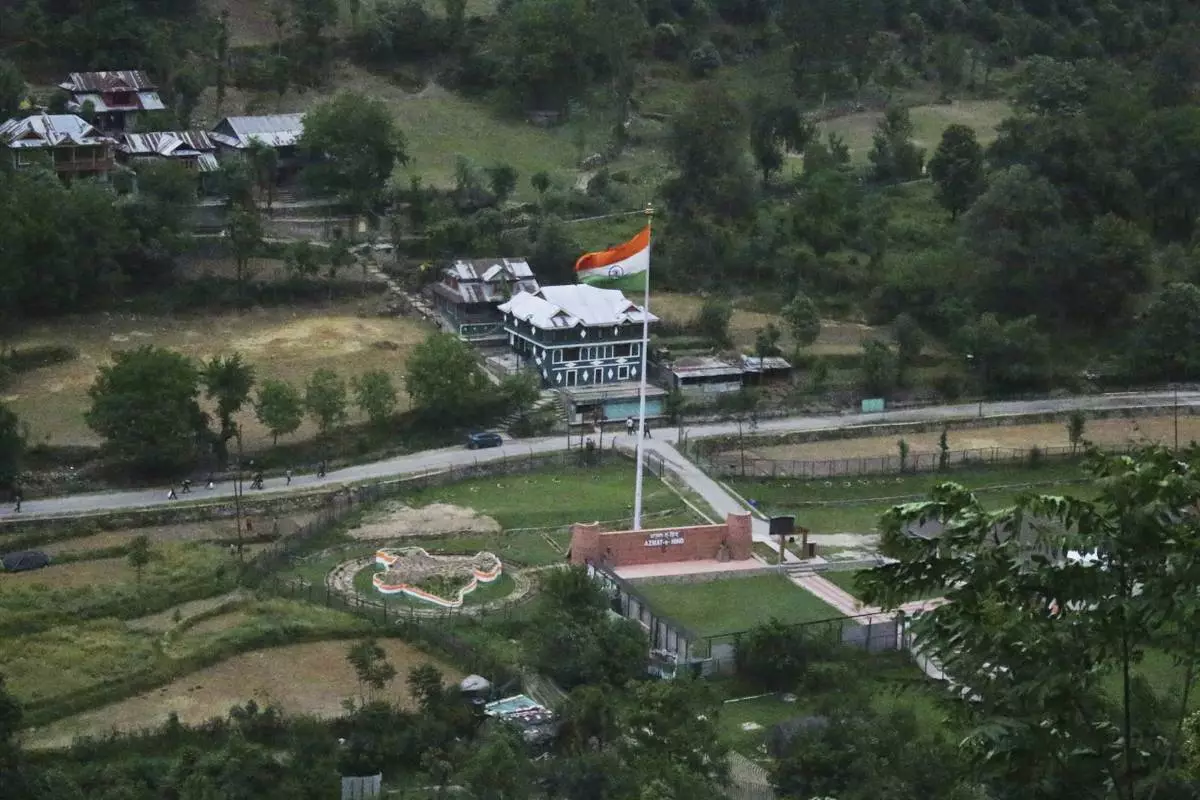
An Indian army post is seen from a hill view tourists point in Karen, in the Neelum Valley near on the Line of Control, the de facto border that divides the disputed region of Kashmir, some 93 kilometres (58 miles) from Muzaffarabad, the capital of Pakistan controlled Kashmir, Thursday, May 1, 2025. (AP Photo/Ishfaq Hussain)
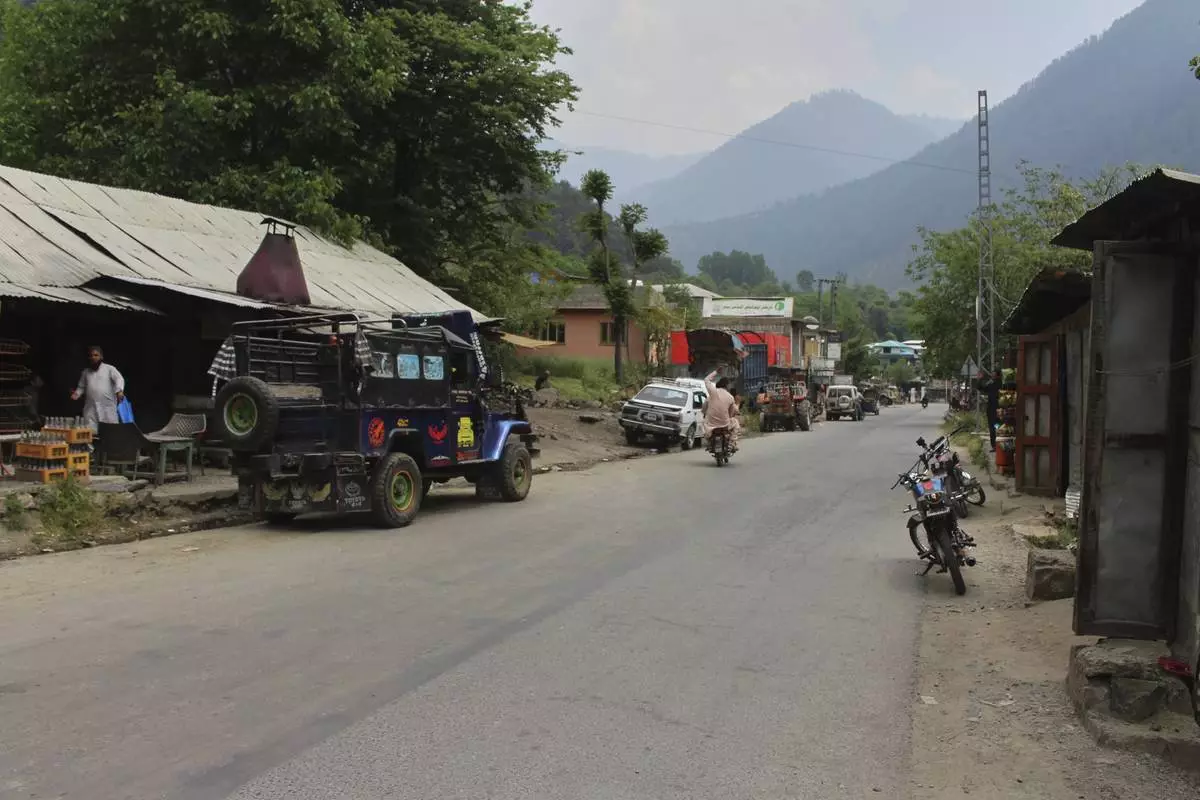
A motorcyclist drives through an empty market at a tourists point in Karen, in the Neelum Valley near on the Line of Control, the de facto border that divides the disputed region of Kashmir, some 93 kilometres (58 miles) from Muzaffarabad, the capital of Pakistan controlled Kashmir, Thursday, May 1, 2025. (AP Photo/Ishfaq Hussain)
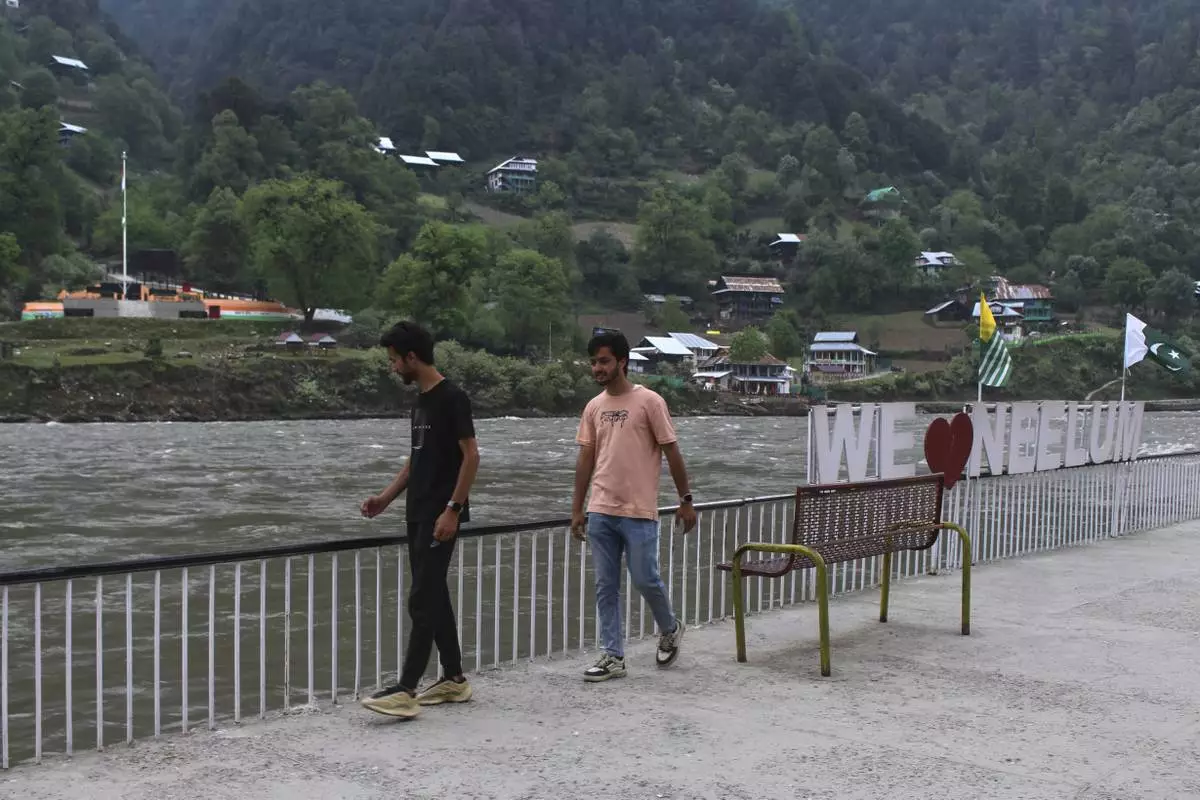
Local residents look at the Indian side of Kashmir from an empty tourists point in Karen, in the Neelum Valley near on the Line of Control, the de facto border that divides the disputed region of Kashmir, some 93 kilometres (58 miles) from Muzaffarabad, the capital of Pakistan controlled Kashmir, Thursday, May 1, 2025. (AP Photo/Ishfaq Hussain)
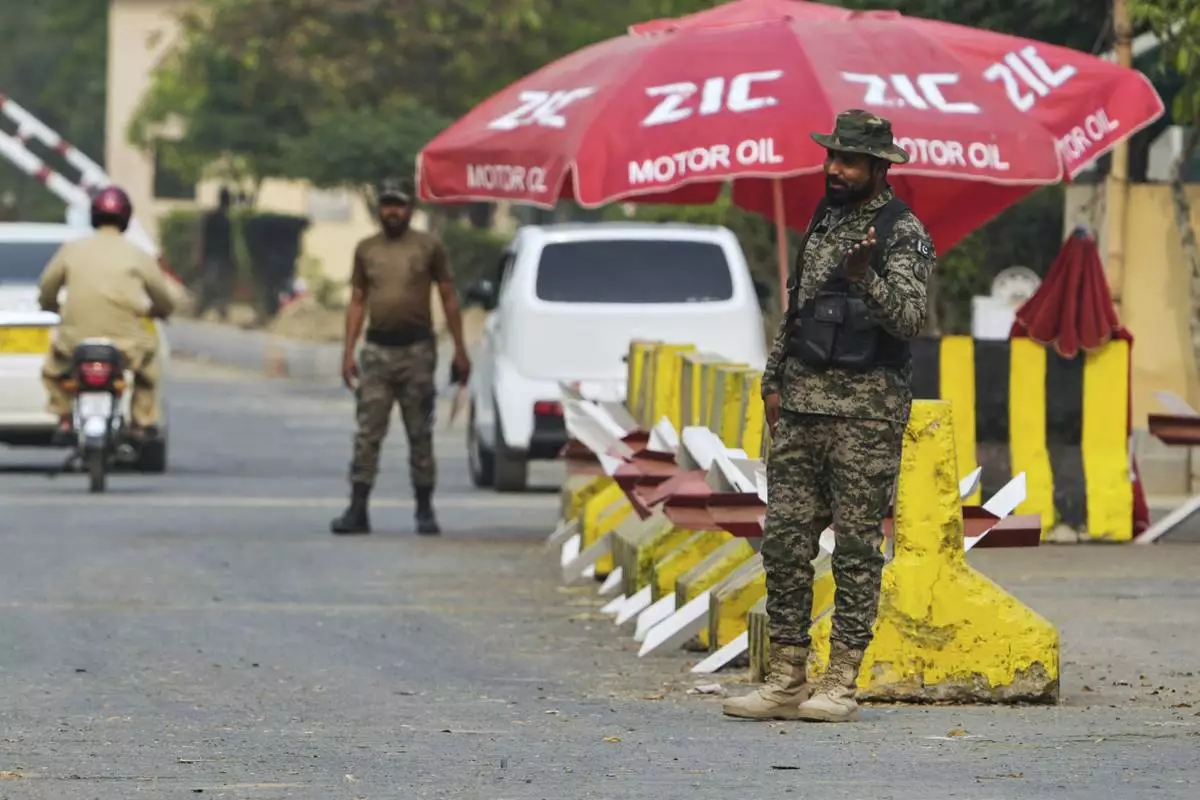
Paramilitary soldiers stand guard at a checkpoint at Wagah, a joint border crossing point on the Pakistan and India border, near Lahore, Pakistan, Thursday, May 1, 2025.(AP Photo/K.M. Chaudary)
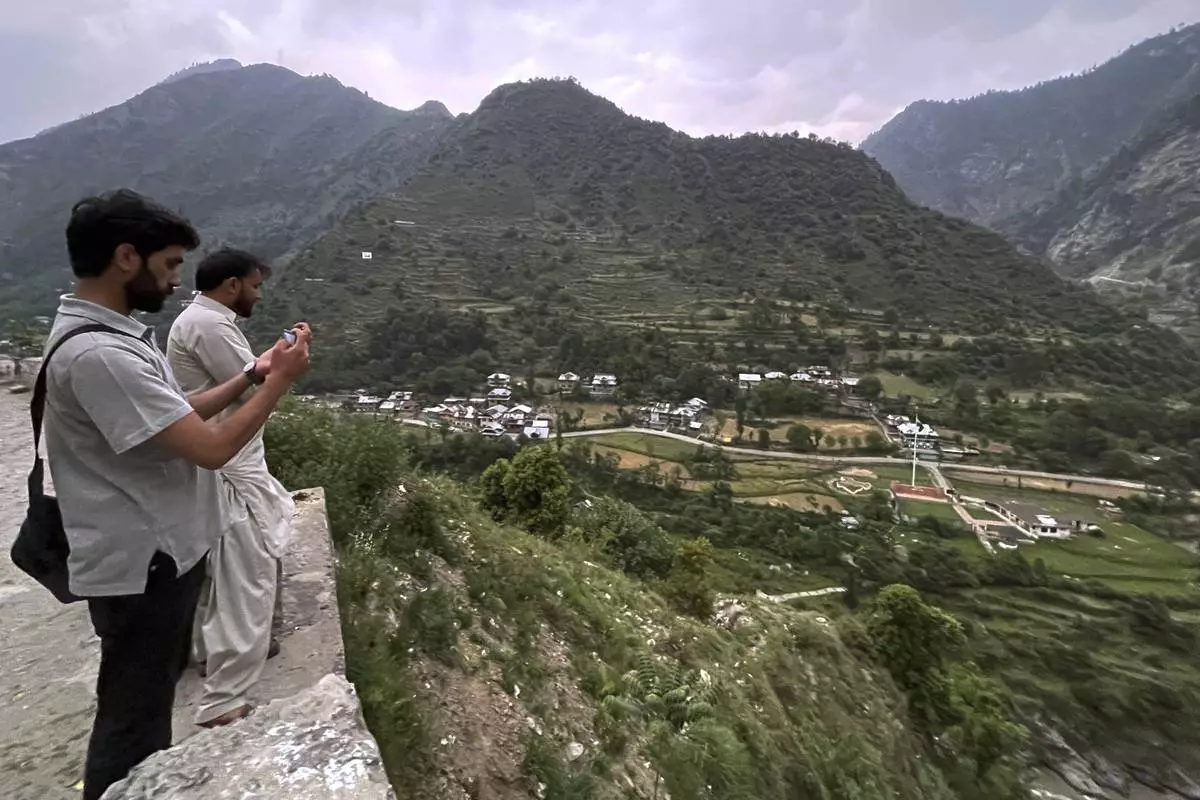
Local residents take picture with their mobile phones of Indian side Kashmir, at a view point from Pakistan side on the Line of Control, the de facto border dividing Pakistan and Indian Kashmir, in Chilhana, some 45 kilometres (27 miles) from Muzaffarabad, the capital of Pakistan controlled Kashmir, Thursday, May 1, 2025. (AP Photo/M.D. Mughal)
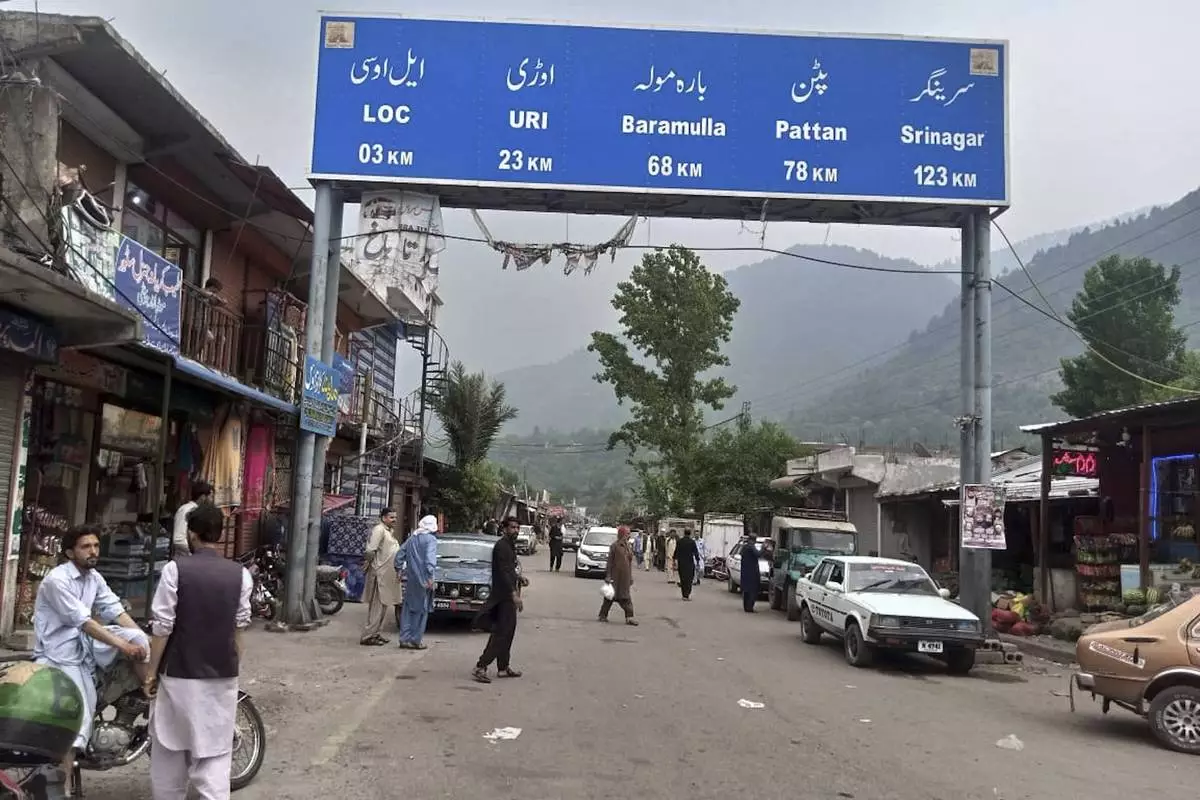
Local residents walk through the main bazaar of Chakothi, near Line of Control, the de facto border dividing Pakistan and Indian Kashmir, some 61 kilometers (38 miles) from Muzaffarabad, the capital of Pakistan controlled Kashmir, Thursday, May 1, 2025. (AP Photo/Roshan Mughal)
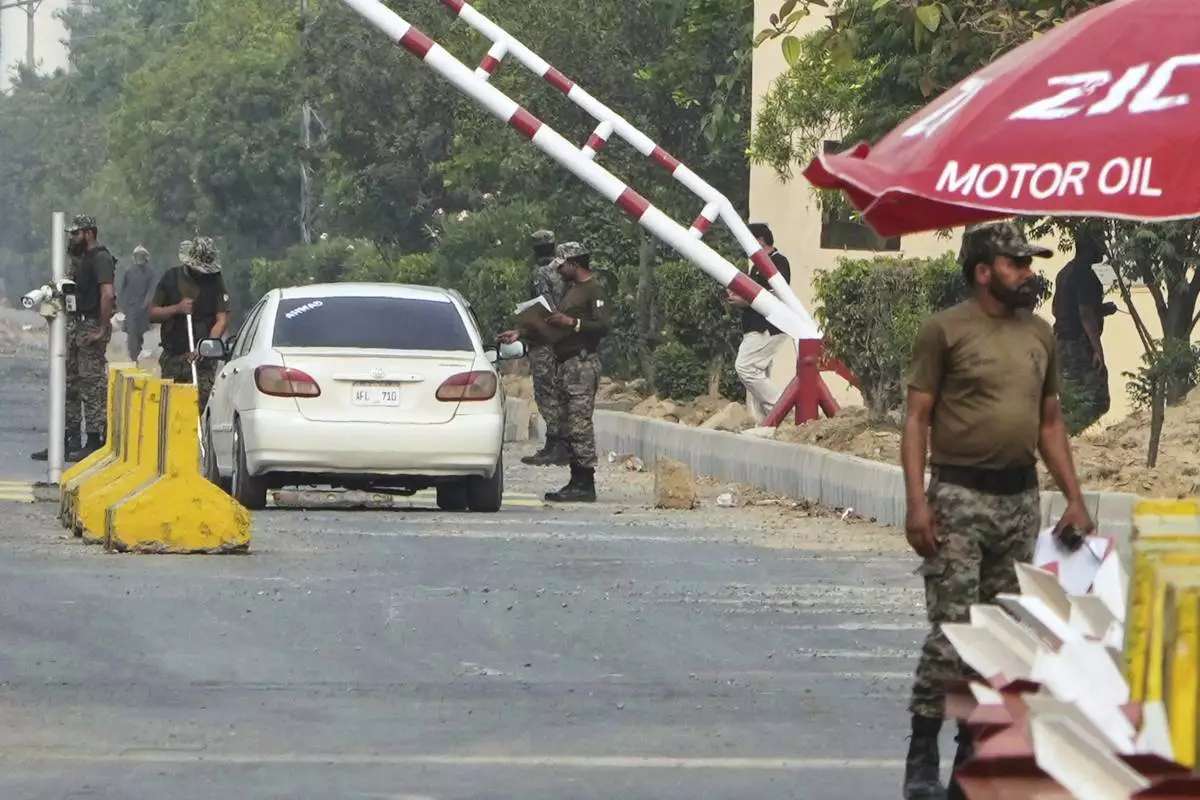
Paramilitary soldiers frisk a car at a checkpoint at Wagah, a joint border crossing point on the Pakistan and India border, near Lahore, Pakistan, Thursday, May 1, 2025.(AP Photo/K.M. Chaudary)
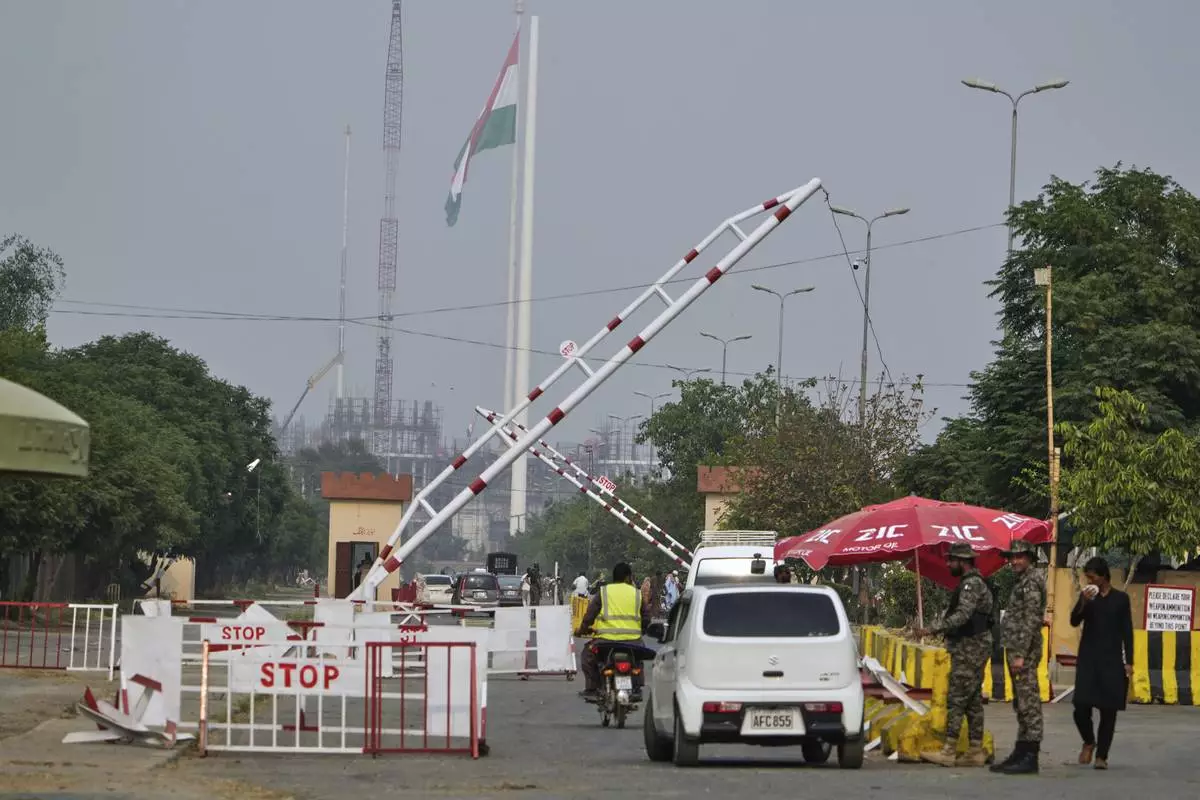
Vehicles pass through a checkpoint at Wagah, a joint border crossing point on the Pakistan and India border, near Lahore, Pakistan, Thursday, May 1, 2025.(AP Photo/K.M. Chaudary)
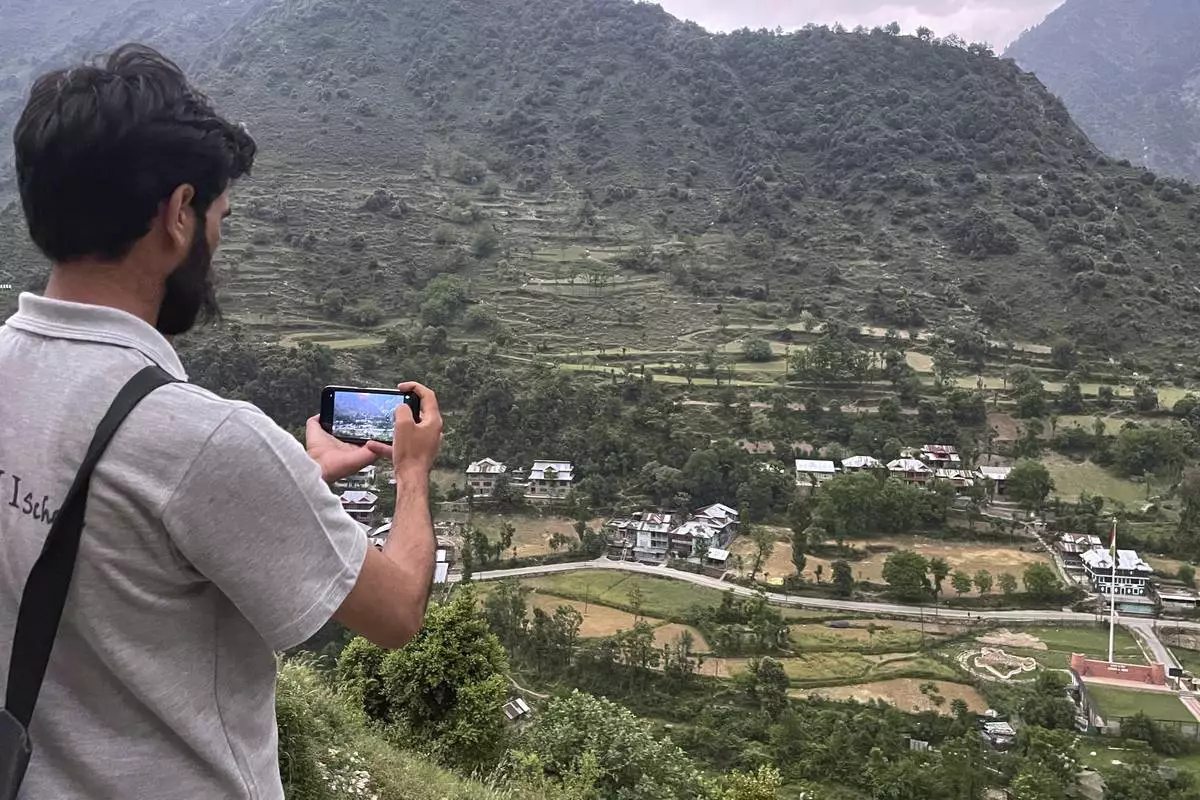
A local resident takes pictures with his mobile phone of Indian side Kashmir, at a view point from Pakistan side on the Line of Control, the de facto border dividing Pakistan and Indian Kashmir, in Chilhana, some 45 kilometres (27 miles) from Muzaffarabad, the capital of Pakistan controlled Kashmir, Thursday, May 1, 2025. (AP Photo/M.D. Mughal)
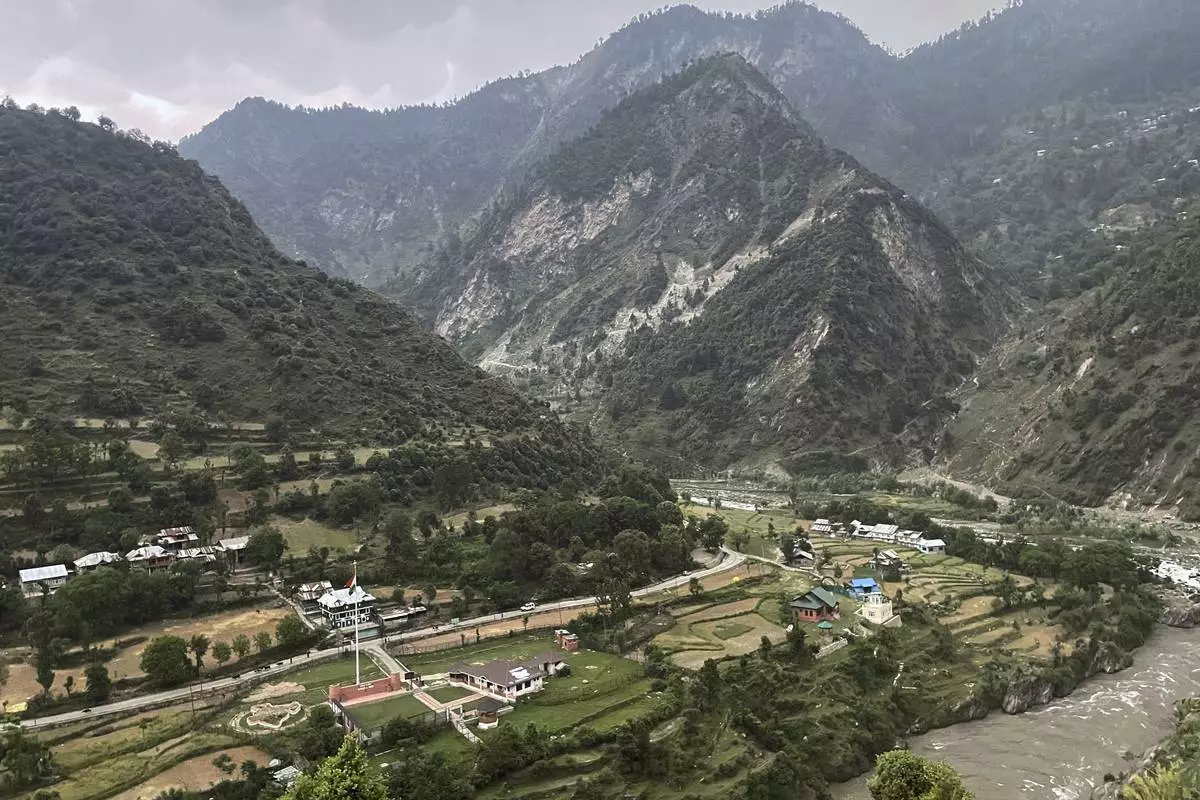
A village of Indian side Kashmir, is seen from the Pakistan side on the Line of Control, the de facto border dividing Pakistan and Indian Kashmir, in Chilhana, some 45 kilometres (27 miles) from Muzaffarabad, the capital of Pakistan controlled Kashmir, Thursday, May 1, 2025. (AP Photo/M.D. Mughal)
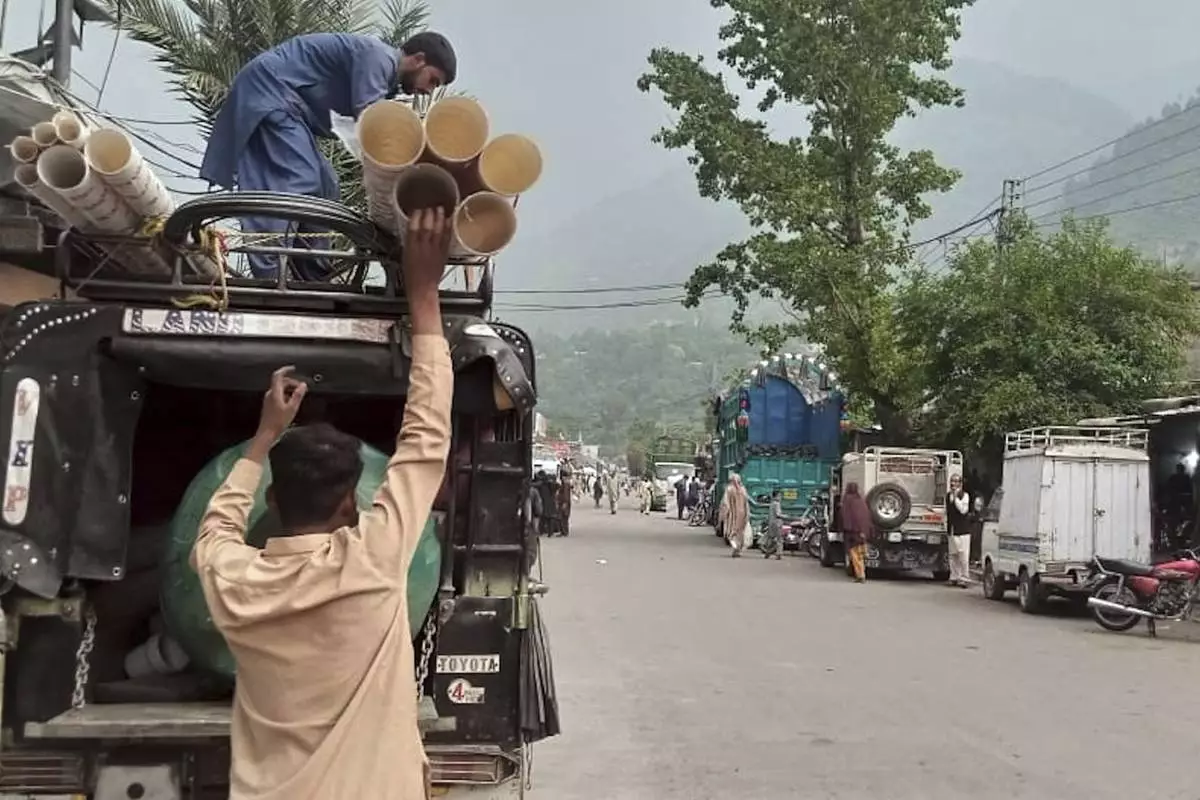
Local residents unload pipes from a vehicle at the main bazaar of Chakothi, near Line of Control, the de facto border dividing Pakistan and Indian Kashmir, some 61 kilometres (38 miles) from Muzaffarabad, the capital of Pakistan controlled Kashmir, Thursday, May 1, 2025. (AP Photo/Roshan Mughal)
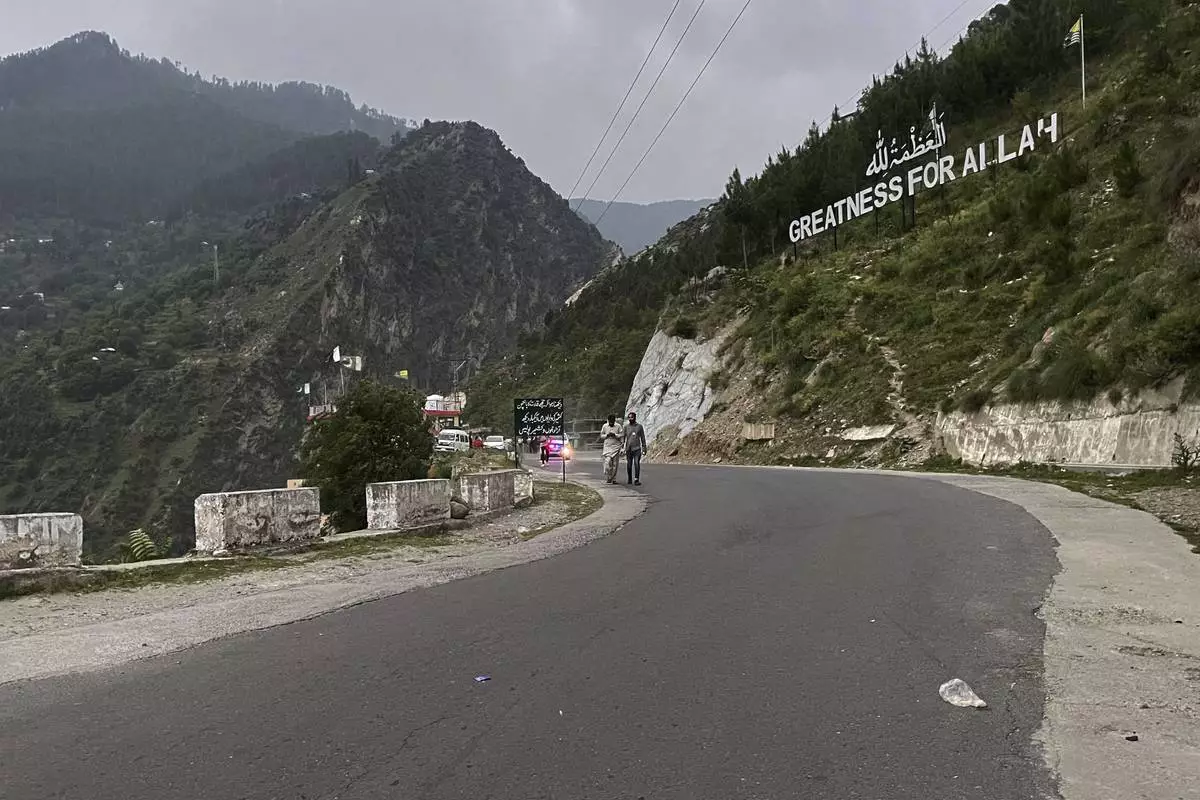
Local residents walk on a highway near on the Line of Control, the de facto border dividing Pakistan and Indian Kashmir, in Chilhana, some 45 kilometres (27 miles) from Muzaffarabad, the capital of Pakistan controlled Kashmir, Thursday, May 1, 2025. (AP Photo/M.D. Mughal)




